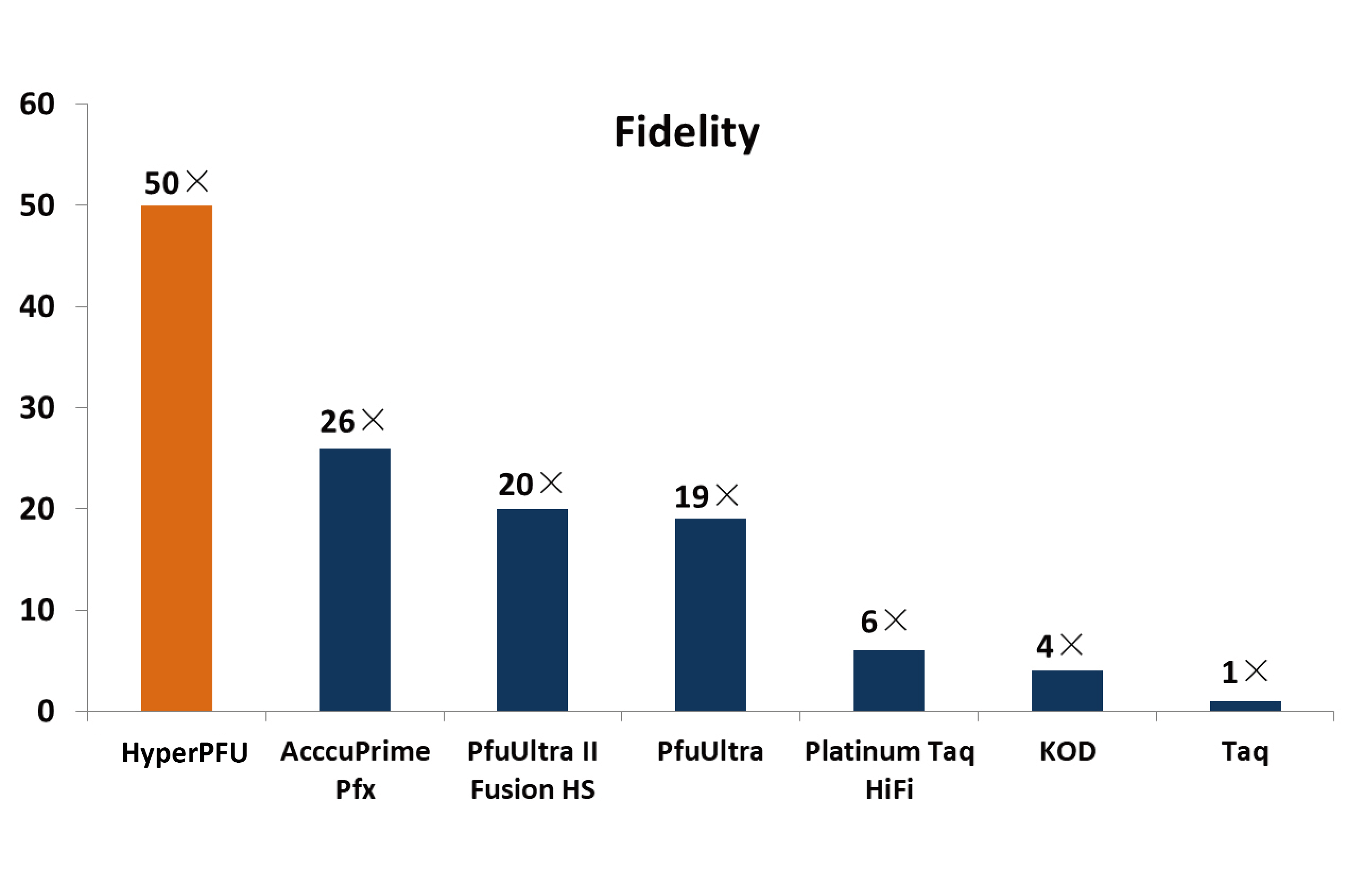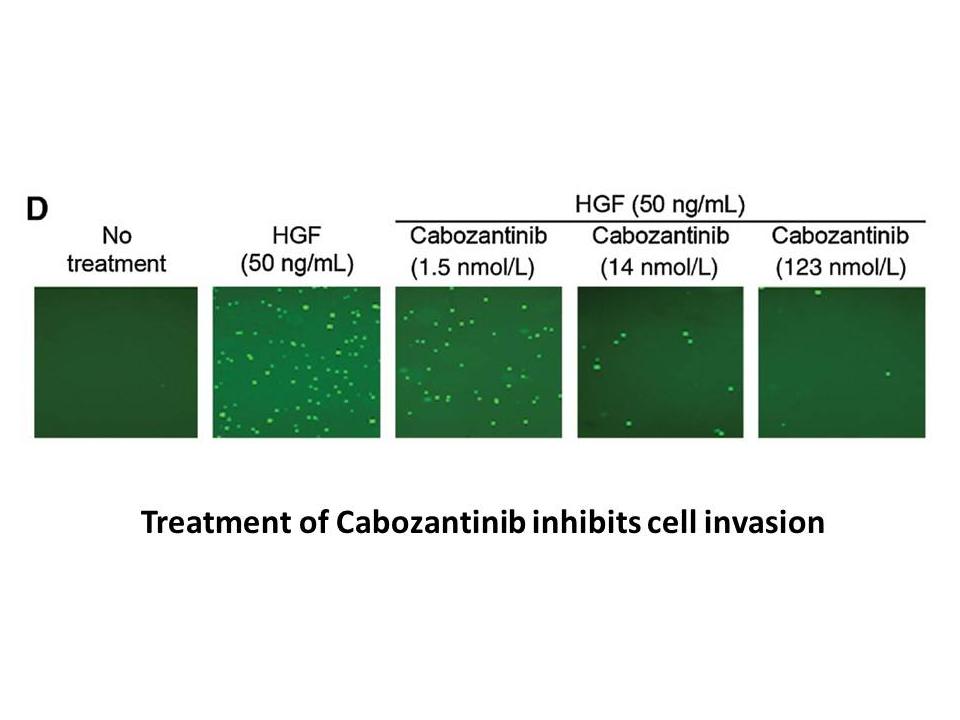Archives
- 2025-12
- 2025-11
- 2025-10
- 2025-09
- 2025-03
- 2025-02
- 2025-01
- 2024-12
- 2024-11
- 2024-10
- 2024-09
- 2024-08
- 2024-07
- 2024-06
- 2024-05
- 2024-04
- 2024-03
- 2024-02
- 2024-01
- 2023-12
- 2023-11
- 2023-10
- 2023-09
- 2023-08
- 2023-07
- 2023-06
- 2023-05
- 2023-04
- 2023-03
- 2023-02
- 2023-01
- 2022-12
- 2022-11
- 2022-10
- 2022-09
- 2022-08
- 2022-07
- 2022-06
- 2022-05
- 2022-04
- 2022-03
- 2022-02
- 2022-01
- 2021-12
- 2021-11
- 2021-10
- 2021-09
- 2021-08
- 2021-07
- 2021-06
- 2021-05
- 2021-04
- 2021-03
- 2021-02
- 2021-01
- 2020-12
- 2020-11
- 2020-10
- 2020-09
- 2020-08
- 2020-07
- 2020-06
- 2020-05
- 2020-04
- 2020-03
- 2020-02
- 2020-01
- 2019-12
- 2019-11
- 2019-10
- 2019-09
- 2019-08
- 2019-07
- 2019-06
- 2019-05
- 2019-04
- 2018-11
- 2018-10
- 2018-07
-
br Treatment and follow up recommendations for patients rece
2019-05-15

Treatment and follow-up recommendations for patients receiving aromatase inhibitors Conclusions and future directions It is evident that, in addition to BMD, clinical risk factors can greatly influence fracture risk. In addition to morbidity and mortality, fractures are associated with high he
-
br Results br Discussion br
2019-05-15

Results Discussion Conclusions Disclosures Conflict of interest Financial support Introduction Stroke is one of the top five common causes of mortality in Malaysia with a rate at 8.43/100,000 buy JTP74057 [1,2]. Stroke impact is not limited to physical disabilities that stroke p
-
Clofarabine associated capillary leak syndrome attributed to
2019-05-14

Clofarabine-associated capillary leak syndrome, attributed to cytokine release, is characterized by hypotension, tachycardia, and tachypnea, and can be fatal. Alternatively, Type I hypersensitivity to clofarabine can occur in up to 5% of patients, and is also a contraindication to further therapy pe
-
Atglistatin One week after the CCRT she was brought to our
2019-05-14

One week after the CCRT, she was brought to our emergency department due to fever, severe general weakness, and severe oral pain. Her Sicca syndrome-related xerostomia had worsened due to radiotherapy and was complicated with severe stomatitis, which made oral intake difficult. She took traditional
-
Landiolol is an ultra short acting superselective titration
2019-05-14

Landiolol is an ultra-short-acting, β1-superselective, titration intravenous β-adrenergic blocker that is rapidly metabolized to inactive forms, and has relatively smaller negative inotropic effects on the cardiac output [11]. Landiolol is more effective for controlling rapid adenosine receptor agon
-
Un tercer gui n si acaso
2019-05-14

Un tercer guión, si acaso el más inquietante de los tres, podría hallarse en la banda de cuatro críticos literarios consagrados cholesterol absorption inhibitor la obra de Archimboldi, el gran autor que Bolaño introduce en la novela 2666. La narración capta una muestra episódica del modo de inserció
-
Equally important to the scientific findings of Soka and
2019-05-13

Equally important to the scientific findings of Soka and colleagues\' report is the context of the activities—established not as a research study but as a national programme oriented toward health service provision and risk reduction. The programme packaged semen testing with counselling for survivo
-
tgf beta receptor br Conflict of interest statement
2019-05-13

Conflict of interest statement Acknowledgments The authors would like to thank Dr. Bjørn Naume, and Dr. Erik Løkkevik from the Department of Clinical Oncology, the Norwegian Radium Hospital for their helpful comments. This study was supported by grants from the Norwegian Radium Hospital Founda
-
A number of clinical studies have
2019-05-13

A number of clinical studies have confirmed the beneficial effect of ranolazine in either prevention or treatment of AF. The first strong evidence was provided by MERLIN-TIMI 36 trial [the Metabolic Efficiency With Ranolazine for Less Ischemia in Non–ST-Elevation Acute Coronary Syndrome–Thrombolysis
-
Cancer stem cells are capable of differentiation and self
2019-05-13

Cancer stem jnk inhibitors are capable of differentiation and self-renewal. In 1994, CSCs were described for the first time. Hematological malignance is the best evidence to support the existence CSCs. TPC (tumor Propagating cell) is the other phrase that has been used for cancer stem cells. CSCs p
-
Different ideas however emerged in the s and
2019-05-13

Different ideas, however, emerged in the 1960s and 1970s in the minds of computational biologists interested in the theory of wave propagation in excitable media. Based on chemical [17] and numerical experiments, [18] scientists in the Soviet Union and the USA began to suggest that fibrillation was
-
Elderly patients especially those in
2019-05-10

Elderly patients, especially those in excess of 70 years of age, are often quite fragile; such fragility may be secondary to aging or comorbidity. In this “susceptible” patient population, the negative influence of ET-adverse events on patient adherence to a medication regimen can be elevated. This
-
Como ha destacado Leonardo Tarife o su obra
2019-05-10

Como ha destacado Leonardo Tarifeño, “su obra nace de un malestar con el mundo que se estetiza para revelarse, y en ningún caso para ocultarse o refinarse” (75). Este malestar, aunado al afán realista localizable en su trabajo produce una búsqueda de elementos para acercar al lector con diversas fac
-
br Discussion Valproic acid is a potent
2019-05-10

Discussion Valproic Tasquinimod is a potent inhibitor of histone deacetylases (HDAC). It can modify the structure of chromatin allowing recruitment of transcription factors to restore epigenetically suppressed genes. Valproic acid has been shown to possess antiproliferative activity and to overco
-
That well established data for Sapindaceae toxicity have
2019-05-10

That well-established data for Sapindaceae toxicity have long existed from clinical experience in Africa and the Caribbean is an important lesson for global health and neurotoxicology. A worldwide understanding of the adverse effects on the nervous system of both naturally occurring as well as synth
16540 records 1065/1103 page Previous Next First page 上5页 10611062106310641065 下5页 Last page